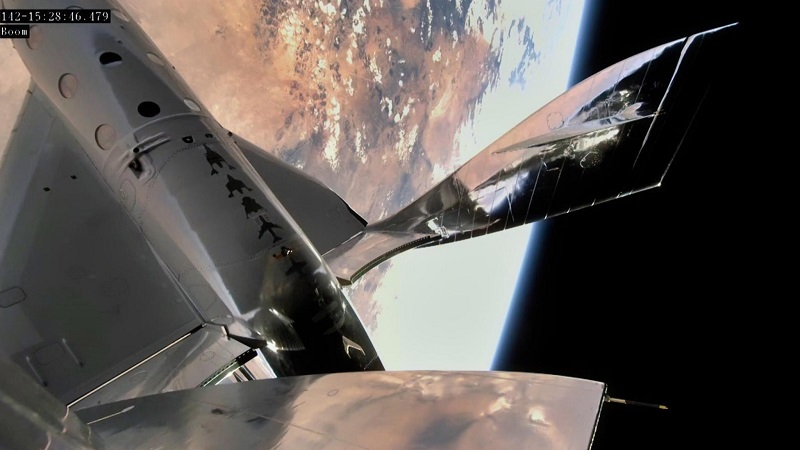FAA brings Virgin Galactic back to Earth
06 September, 2021
3 min read


Virgin Galactic is hoping for a "timely resolution" of a probe to determine how its showcase July 11 flight involving founder Richard Branson veered off course.
The US Federal Aviation Administration has grounded the space tourism venture while it investigates the incident, saying the company’s SpaceShipTwo rocket plane cannot fly until it approves a final mishap report and determines that issues related to the incident do not affect public safety.
The announcement came as Virgin Galactic announced its next test flight would be conducted in conjunction with the Italian Air Force and would look at how the change from gravity to microgravity affects the human body.
READ: Florida's rising humidity may have nobbled Starliner
But before the Unity 23 test Flight lifts off on what is billed as Galactic’s first research customer mission, the company will have to explain why its spaceship carrying Sir Richard and five employees dropped below its permitted altitude.
The incident was revealed in a report by reporter Nicholas Schmidle in The New Yorker, who said the spacecraft flew outside its designated airspace for a minute and forty-one seconds during a roughly 15-minute flight.
Schmidle reported that the first sign of a problem was a yellow caution light indicating the spacecraft was insufficiently vertical as it climbed at more than twice the speed of sound above New Mexico.
This produced a problem with the “entry glide cone”, an imaginary cone in which the ship must begin its descent to allow it to glide to its destination as it returns to Earth.
Although the pilots attempted to address the problem, Schmidle said, it wasn’t enough and data from Flightradar24 showed the vehicle flying outside its designated airspace, something later confirmed by the FAA.
Galactic initially told Schmidle that the mission was “a safe and successful test flight that adhered to our flight procedures and safety protocols” and that its pilots responded appropriately to high-altitude winds that changed the vehicle’s trajectory.
In a subsequent statement, the company said it was working with the FAA to address the cause for the deviation.
“We take this seriously and are currently addressing the causes of the issue and determining how to prevent this from occurring on future missions,’’ it said.
“Although the flight’s ultimate trajectory deviated from our initial plan, it was a controlled and intentional flight path that allowed Unity 22 to successfully reach space and land safely at our Spaceport in New Mexico.
“At no time were passengers and crew put in any danger as a result of this change in trajectory, and at no time did the ship travel above any population centers or cause a hazard to the public.
“FAA representatives were present in our control room during the flight and in post-flight debriefs.
“We have been working closely with the FAA to support a thorough review and timely resolution of this issue.”
Next Article
2 min read
Qantas triples profit but misses mark

Get the latest news and updates straight to your inbox
No spam, no hassle, no fuss, just airline news direct to you.
By joining our newsletter, you agree to our Privacy Policy
Find us on social media
Comments
No comments yet, be the first to write one.
